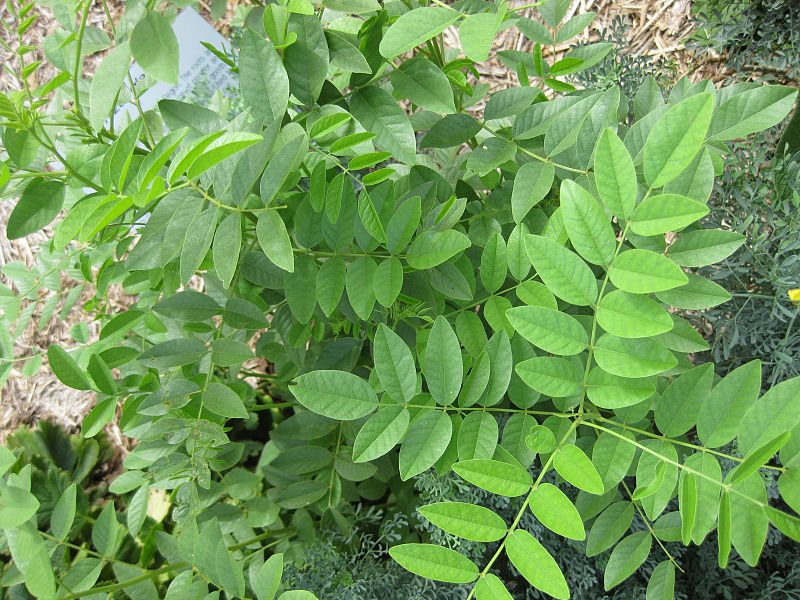Adaptations
One major adaptation that Glycyrrhiza glabra exhibits is the development of the symbiotic relationship with bacteria in the roots of the plant. These bacteria fix atmospheric nitrogen and allow for the plant to grow more rapidly and grow more healthy. In turn, the plant provides carbon for the bacteria. This relationship gives Glycyrrhiza glabra an advantage over other plants that lack this relationship. In short, it allows the licorice plant to grow more efficiently in areas that may not be habitable by other plants due to low amounts of fixed nitrogen in the soil.
Nitrogen is necessary for plants to live for mainly four reasons:
1.) Nitrogen is the major product of chlorophyll
2.) Nitrogen is a major component of amino acids
3.) Nitrogen is a component of energy transfer compounds
4.) Nitrogen is a major component of DNA
In addition to the symbiotic relationship with bacteria, Glycyrrhiza glabra also has developed the growth of long root systems. The tap root of this plant and the near surface roots (runners) of plant can grow to upwards of six feet in length. These roots can reach water that may be hidden deep underground. This helps the plant to grow in drier areas than most other plants, cutting out the possible competition.
